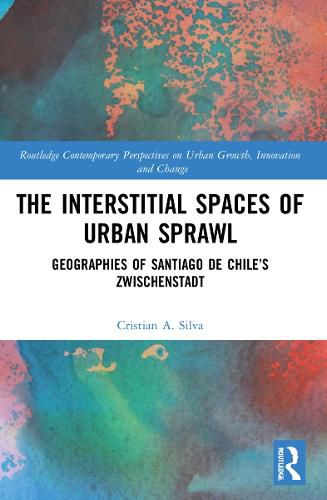Readings Newsletter
Become a Readings Member to make your shopping experience even easier.
Sign in or sign up for free!
You’re not far away from qualifying for FREE standard shipping within Australia
You’ve qualified for FREE standard shipping within Australia
The cart is loading…






This book proposes the idea of interstitial space as a theoretical framework to describe and understand the implications of in-between lands in urban studies and their profound transformative effects in cities and their urban character.
The analysis of the interstitial spaces is structured into four themes: the conceptual grounds of interstitial spaces; the nature of interstices; the geographical scale of interstices; and the relationality of interstices. The empirical section of the book introduces seven cases that illustrate the varied nature of interstitiality to finally discuss its implications in the broader field of urban studies. Reflections upon further lines of enquiry and theories of urbanisation, urban sprawl, and cities are highlighted in the conclusion chapter.
This is the ideal text for scholars of urban planning, strategic spatial planning, landscape planning, urban design, architecture, and other cognate disciplines as well as advanced students in these fields.
$9.00 standard shipping within Australia
FREE standard shipping within Australia for orders over $100.00
Express & International shipping calculated at checkout
This book proposes the idea of interstitial space as a theoretical framework to describe and understand the implications of in-between lands in urban studies and their profound transformative effects in cities and their urban character.
The analysis of the interstitial spaces is structured into four themes: the conceptual grounds of interstitial spaces; the nature of interstices; the geographical scale of interstices; and the relationality of interstices. The empirical section of the book introduces seven cases that illustrate the varied nature of interstitiality to finally discuss its implications in the broader field of urban studies. Reflections upon further lines of enquiry and theories of urbanisation, urban sprawl, and cities are highlighted in the conclusion chapter.
This is the ideal text for scholars of urban planning, strategic spatial planning, landscape planning, urban design, architecture, and other cognate disciplines as well as advanced students in these fields.